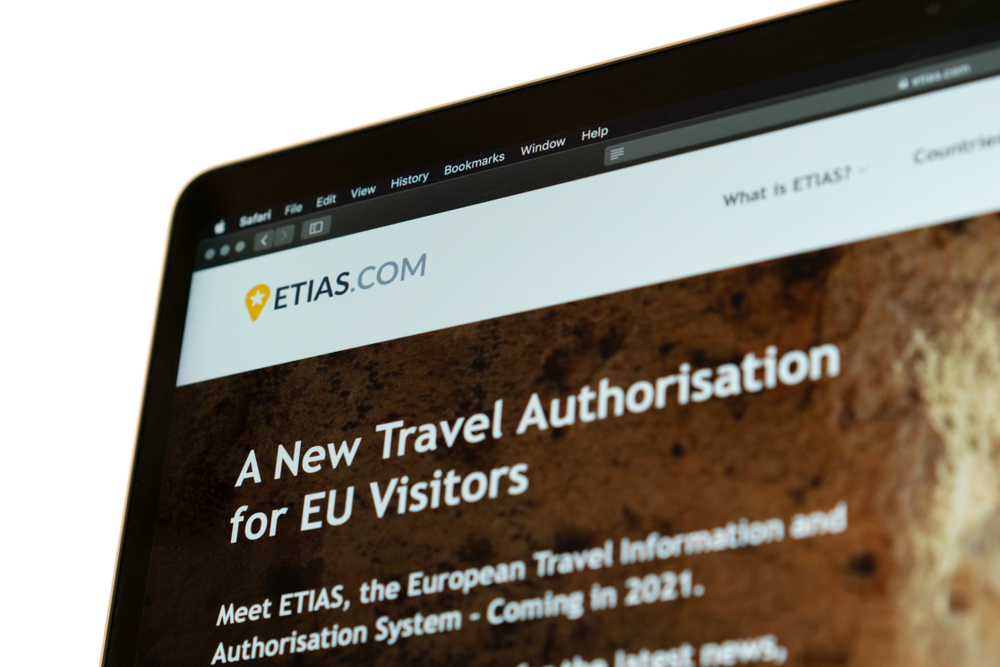The European Union is introducing new border security measures with the Entry/Exit System (EES) and the European Travel Information and Authorization System (ETIAS). These initiatives will soon enhance security and streamline border control across the EU.
What is the Entry/Exit System (EES)?
The Entry/Exit System (EES) launches on November 10, 2024. This system will record entry and exit data for non-EU nationals visiting the Schengen Area. By tracking overstayers and gathering accurate migration data, the EES strengthens visa policies.
eu-LISA, the European Union Agency responsible for large-scale IT systems, developed the EES. The system has been rigorously tested to meet high standards for data protection and efficiency. Its implementation marks a major step in enhancing EU-wide security.
How Does ETIAS Fit In?

ETIAS, the European Travel Information and Authorization System, complements the EES and launches in 2025. Travelers from visa-exempt countries must obtain ETIAS authorization before entering the Schengen Area. ETIAS pre-screens travelers using databases from Europol and Interpol to identify potential security risks.
Together, EES and ETIAS offer a unified approach to border security. These systems will help the EU manage visitor flow while ensuring safety.
Why Should Travelers Be Aware?
Travelers to Europe should stay informed about these new requirements. The EES will track the duration of your stay, and ETIAS will be mandatory for travelers from visa-exempt countries. Both systems aim to enhance safety, but they require preparation.
Stay updated on these systems by visiting the official ETIAS website: ETIAS Updates.

As the launch dates approach, understanding how these changes affect your travel plans is essential. The European Union is committed to secure and efficient borders, and these systems are key to that mission. Prepare now for your next European adventure.


